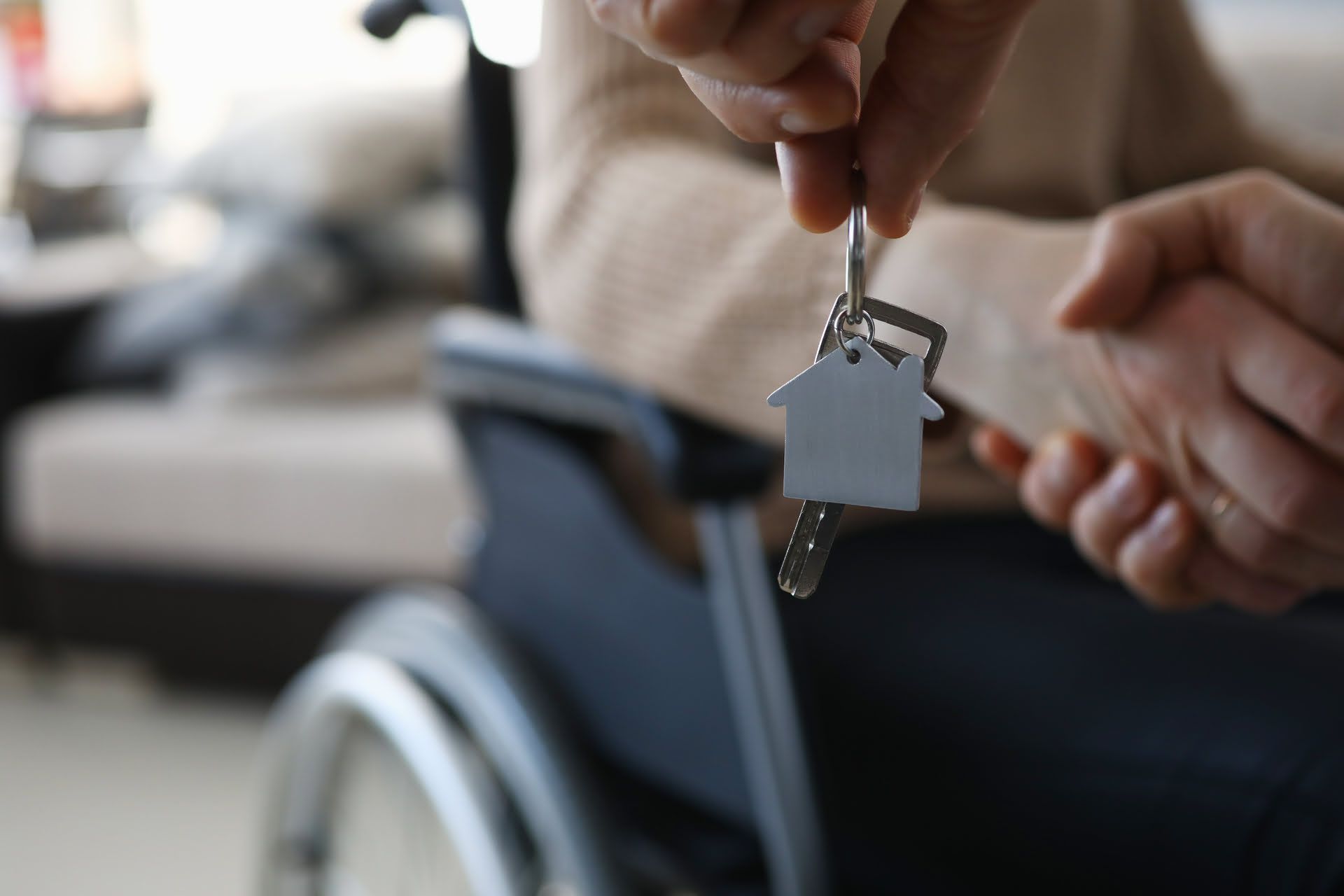Moving with a disability is not an impossible thing to do. But, like any other move, it requires a combination of planning, diligence and safety measures. Instead of letting the move overwhelm you, break it down into a structured list of steps and small tasks. Make sure your new home is accessible and meets your needs.
Accessibility Verification
Checking the accessibility of your home is a crucial element before moving. The property must provide you with the best possible space for your mobility, the use of the bathroom and the rest of your daily activities.
To check your home, you can find specialized checklists on the internet that cover everything from ramps and slopes, to parking, entrances and hallways, bathrooms, bedrooms and more. Depending on your disability, you may not need to make all of the home improvements listed on the checklists.
Know your rights as a tenant
If you are moving into a rented apartment, it is important to know your rights in your relationship with your landlord and be aware of what you can modify or update in your unit. It is stated in the Fair Housing Act that a landlord cannot discriminate against you because of your disability or ask discriminatory questions about it.
Disabled tenants also have the right to request accommodations that are directly related to their disability. This can include accommodations such as living with a service animal or having a designated parking space nearby. And, among the most common modifications are adding a wheelchair ramp or installing special door handles.
However, these modifications must first be approved by the landlord. If the landlord believes that the modifications will create inappropriate living conditions for the next tenant, he or she may ask you to remove them when you move out. To be approved for the proposed modifications, you may have to submit proof of your disability and a description of the changes you need to make.
Social Security
When moving with a disability, you should look into insurance. If you use Social Security Disability Insurance or Supplemental Security Income, you don’t have to worry about what happens when you move. All you need to do is notify the Social Security Administration of your change of address and living arrangements.
Private insurance or state services
For private insurance, you will need to call your insurance company to inform them of your move and any changes to your address. You will likely need to update your policy, although rates may vary depending on whether you are working and where you will be moving to.
If you use state services for your disability, you will need to reapply in your new state. This process should be similar to the one you went through previously, but you should double-check with the state government to make sure you have all the proper documentation you need to apply.
Questions to ask the moving company
When it comes to moving with a disability, you need to ask a series of questions to be aware of the work and expertise of the moving company you are selecting:
- Have they helped a person with a disability move before?
- Can the movers assemble medical equipment?
- What types of equipment have they handled in a move?
- Will you bring extra ramps and protective gear for special equipment?
- Can the movers help with unpacking if necessary? Are there any extra costs?
- What are their cleanup procedures after the move is complete?
It is important that you have a professional moving service that offers the best possible assistance and is sensitive about moving for people with disabilities.



